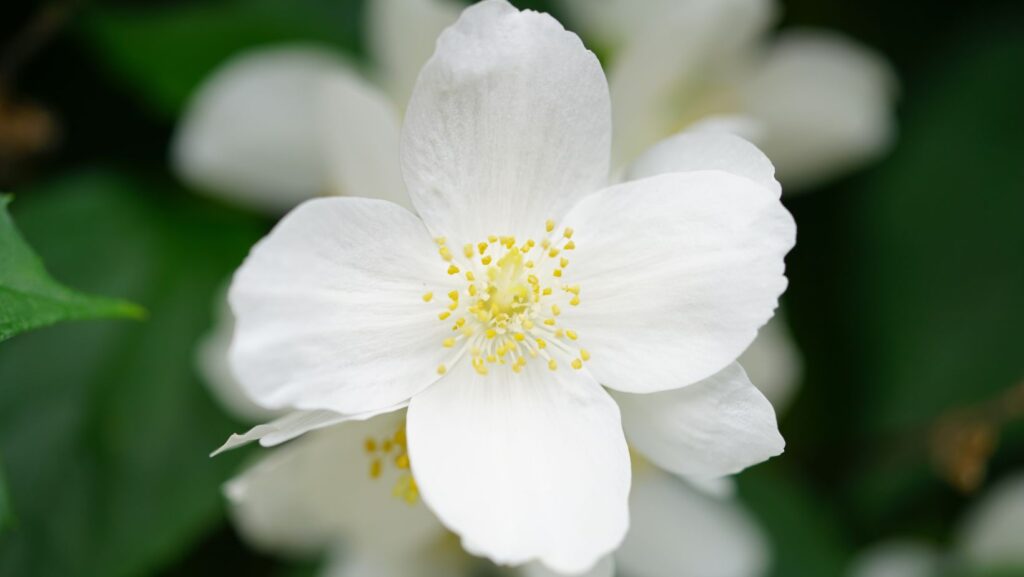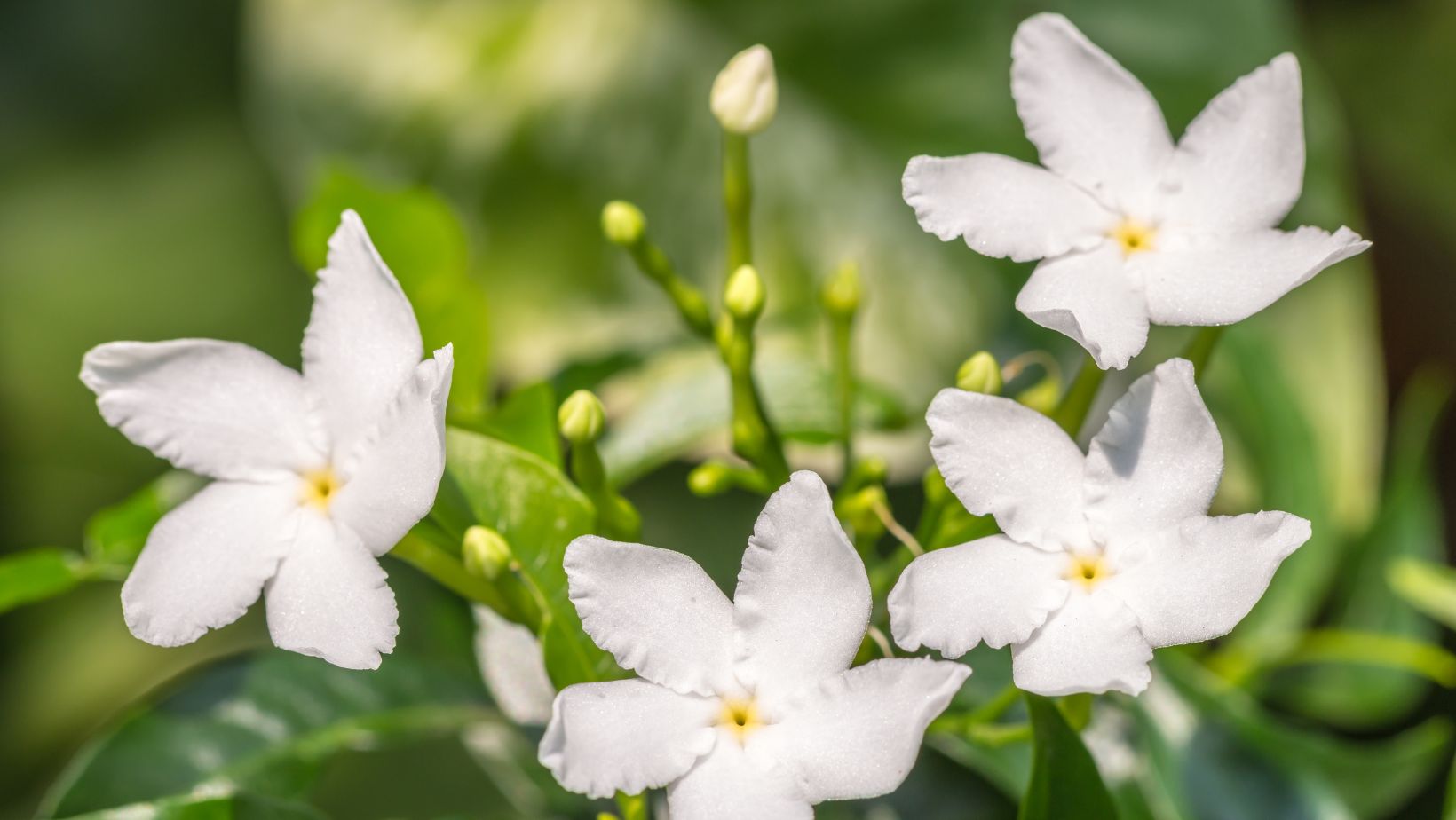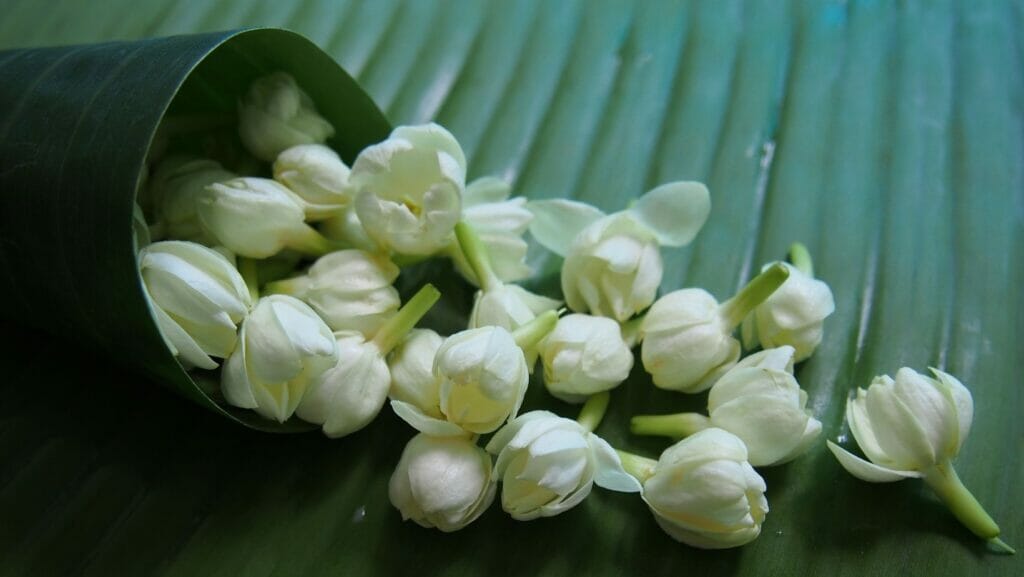
With its star-shaped flowers and seductive smell, jasmine is a beloved resident of many gardens worldwide. It grows year-round, and it doesn’t require special treatment. Eager to learn more? We share the winning formula for growing and taking care of this lavishing plant in your private floral oasis.
What Types of Jasmine Are There?
Although most people opt for climbing types that spread across fences, some jasmine species grow in the form of bushes or horizontally to cover the ground. As a result, the offering is pretty rich – a couple of hundred different types have been discovered up until today. Also, jasmine is a perennial, and it can bloom for many years. If you’re in Calgary and looking to add some floral beauty to your space, consider exploring the wide variety of calgary flowers available, including jasmine varieties that can enhance your garden or indoor spaces with their delightful fragrance and elegant blooms
How you’ll propagate jasmine (if interested, of course) depends on whether it’s an indoor or outdoor variety. For instance, you can propagate outdoor types from hardwood cuttings you’ll take in the winter.
Considering each variety works in different conditions, it’s critical to determine which type to choose based on your gardening skills and external conditions.
- White Jasmine – This star-shaped type comes from China. Its buds appear once the temperature goes up and the snowy days are over. White Jasmine is known as a climber, reaching 30 feet.
- Purple Jasmine – Another climbing variety (it can reach 20 feet). Its flowers are star-shaped also and bloom in many people’s favorite time of the year (yes, summer). However, some prefer to have it as a bush in their garden.
- Arabian Jasmine – This is also a climber. White flowers bloom on its vine that can reach 9 feet.
- Forest Jasmine –A white flower and dark green leaf are two main characteristics of this Jasmine type. In other words, it’s beautiful and lavish.
- Winter Jasmine –This one also comes from China. It can reach about 15 feet in height. The difference between this and other types is it doesn’t twine, so you may have to trim it often to make it look tidy.
- Spanish Jasmine – This climber can reach a height of over 10 feet. Thanks to its intensive scent, it’s often used in the perfume industry.
How to Plant Jasmine
First, make a hole and add compost to the bottom. You can also make a layer of grit for better drainage. For support, stab a stick into the ground and position it, so it helps the plant to grow towards additional structures such as a fence or wall. Although many variants enjoy shady areas, consider exposing them to full sun for the best results.
Additional tip: Tender varieties need extra care. It is advisable to keep them inside the house during the winter (positioning them in a bright yet warm part of the house), take them outside once the outdoor temperature goes up, and place them in a sunny yet sheltered spot. Some suggest taking them back into the house once the temperature goes down, even in summer.
How to Train Jasmine to Climb
Plant it near the fence base if you want your jasmine flower to reach its full potential and enrich your garden’s aesthetics. Once it starts developing, slip it through the trellis’ holes or tie it. Cloth strips or plastic zip ties can help in these situations. It is critical to guide and encourage jasmine to climb. Otherwise, the plant will grow uncontrollably, covering other flowers and even looking messy.
How to Take Care of Jasmine
If this is your first time growing jasmine, we have great news: Jasmine is not a ‘spoiled’ plant. It needs love and attention, nothing complicated.
Jasmine Loves Water But Be Careful
Jasmine types growing in-ground need weekly watering. However, when the temperature increases, especially in the warmer months, you may have to give them water more often. Still, check the soil’s condition prior to adding more water. On the other hand, the jasmine you plant in containers usually needs watering a couple of times per week. Ideally, if the first inch of the soil is dry, that’s the sign your plants are thirsty.
If this is your first time growing jasmine, we have great news: Jasmine is not a ‘spoiled’ plant. It needs love and attention, nothing complicated.
Jasmine Loves the Sunlight
As mentioned above, jasmine develops best if exposed to direct sunlight. At least six hours each day helps your plant grow beautiful and healthy. However, jasmine also enjoys shady areas. Therefore, after the ‘sun treatment,’ put it in a semi-shaded place for two to three hours. Still, it’s critical to remember that jasmine species differ. Therefore, each variety has different needs involving water, space, and sunlight.
The Process of Pruning
Cut the parts that don’t look alive or bloom anymore to prevent illnesses and pests from attacking your beloved climber. Also, cut the stems that don’t follow the shape of the vine to keep jasmine looking as you desire. Remember, pruning is critical for the plant’s long-term development.
Jasmine Propagation
How you’ll propagate jasmine (if interested, of course) depends on whether it’s an indoor or outdoor variety. For instance, you can propagate outdoor types from hardwood cuttings you’ll take in the winter. On the other hand, glasshouse/tender varieties grow best from semi-ripped or softwood cuttings you cut during spring or summer.
Jasmine is Not a Troublemaker
Everything stated above proves that jasmine is relatively easy to maintain. It’s perfect if you love gardening but lack free time. However, its seductive smell will inspire you to spend as much time as possible in your green oasis. Growing jasmine can be a successful endeavor if you choose a type that can grow and prosper in your climate. Typically, this star-shaped beauty doesn’t suffer from disease and pests. But, of course, you will avoid any unpleasant scenarios by pruning it correctly.















